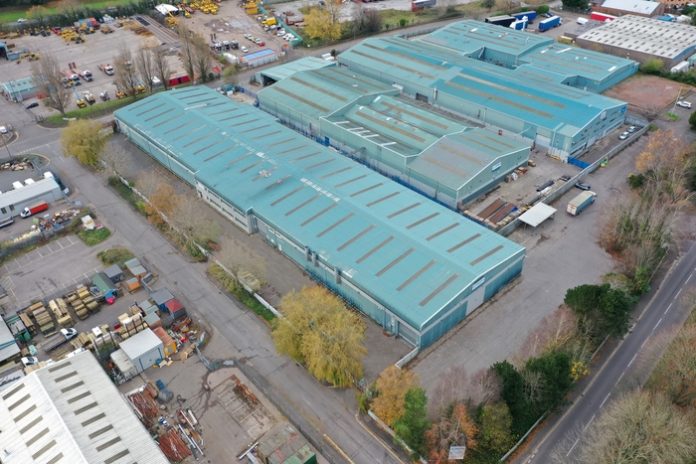
Approximately 404 million sq ft of UK warehouse space, or 60 per cent of all units above 50,000 sq ft, will fail to meet the EPC Grade B energy performance requirement set as a minimum from 2030 and risk becoming unlettable, according to global property consultancy Knight Frank.
And in Wales just 24 per cent of warehouses over 50,000 sq ft currently meet the EPC B grade.
Neil Francis, head of the Knight Frank Industrial and Logistics team in Cardiff, said: “A large proportion of warehouse units in Wales risk becoming unlettable by 2030 unless investors and landlords accelerate the rate at which older facilities are upgraded. Occupier demand is becoming increasingly focused on high-quality facilities that can enable them to meet ESG goals, reduce operational costs and embed technological solutions.
“Industrial landlords in Wales such as Mileway, Investcorp and Threadneedle are showing the way ahead with a proactive approach on retrofitting or redeveloping vacant units regardless of size.
“Increasingly, too, local landlords are following suit on their multi-let properties.”
According to the Knight Frank research the prevalence of older, underperforming stock and its potential for obsolescence could further exacerbate the ongoing undersupply of logistics space, with development activity slowing.
Operators are increasingly discounting facilities that do not fit with their, or their customers’, sustainability strategies, and while newly-constructed warehouses generally meet top sustainability standards, 82 per cent of the UK’s existing stock built before the year 2000, does not meet minimum EPC requirements.
Neil Francis commented: “It is obvious that significant capital expenditure is required to retrofit these warehouses and mitigate obsolescence risk, however just six per cent have undergone upgrades in the past five years. The prospects for rental growth should offer incentive, however investors must accelerate the rate at which older facilities are upgraded or they will become unlettable.
“Clearly, too much of the large industrial stock in Wales is over 30 years old and reaching the end of its economic and functional use. It will be interesting to see if some form of government assistance becomes available in secondary areas where retrofitting or redevelopment is not viable.”



















